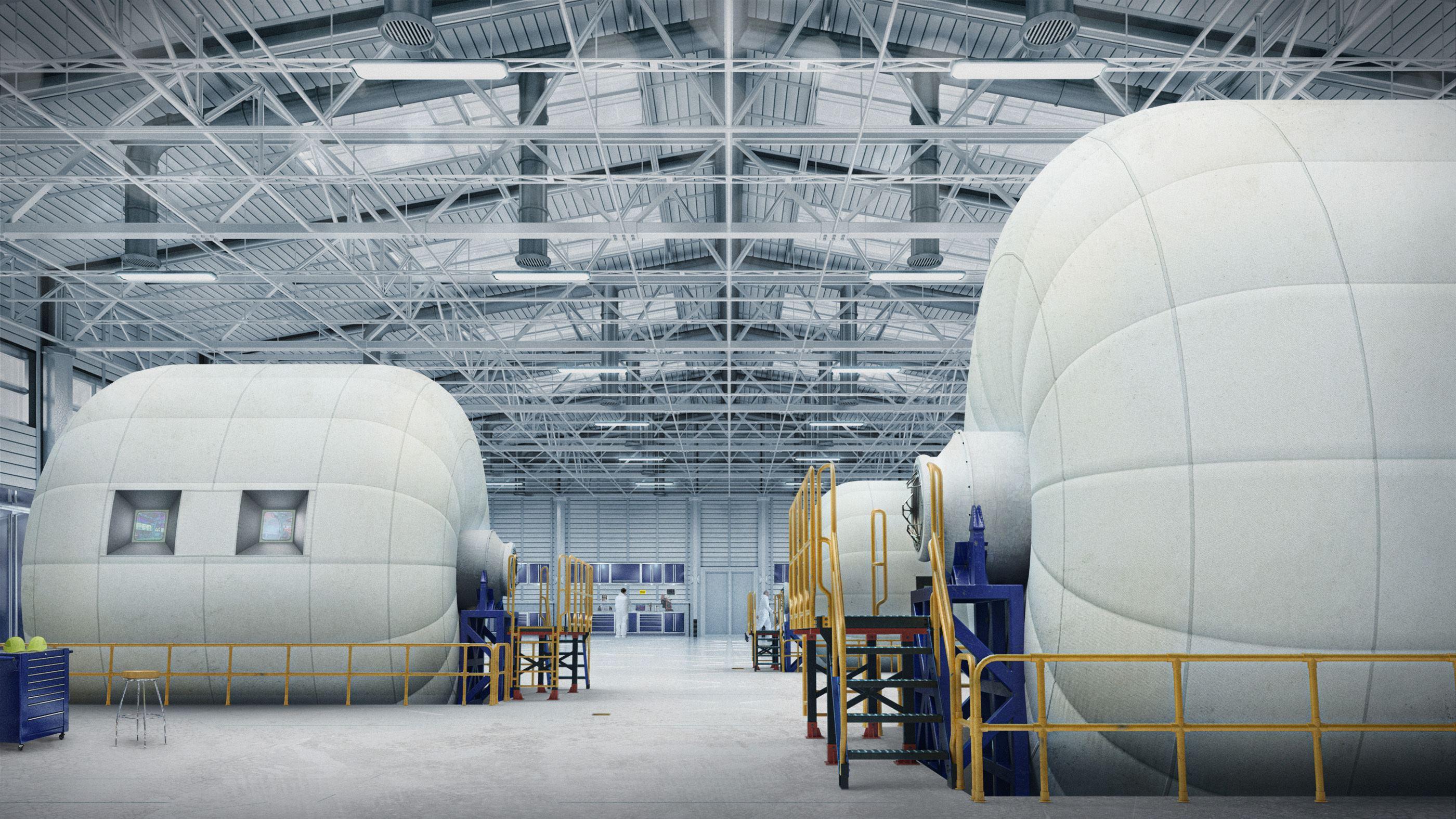
Credit: Sierra Space
COLORADO SPRINGS—As part of plans to accelerate the development of a space-based commercial and industrial ecosystem, Sierra Space has formed a long-term strategic partnership with soft goods provider ILC Dover–the current supplier supporting the test and development of the company’s inflatable...
Subscription Required
Sierra Speeds Up Inflatable Habitat Plan With ILC Dover Deal is published in Aerospace Daily & Defense Report, an Aviation Week Intelligence Network (AWIN) Market Briefing and is included with your AWIN membership.
Already a member of AWIN or subscribe to Aerospace Daily & Defense Report through your company? Login with your existing email and password.
Not a member? Learn how you can access the market intelligence and data you need to stay abreast of what's happening in the aerospace and defense community.
